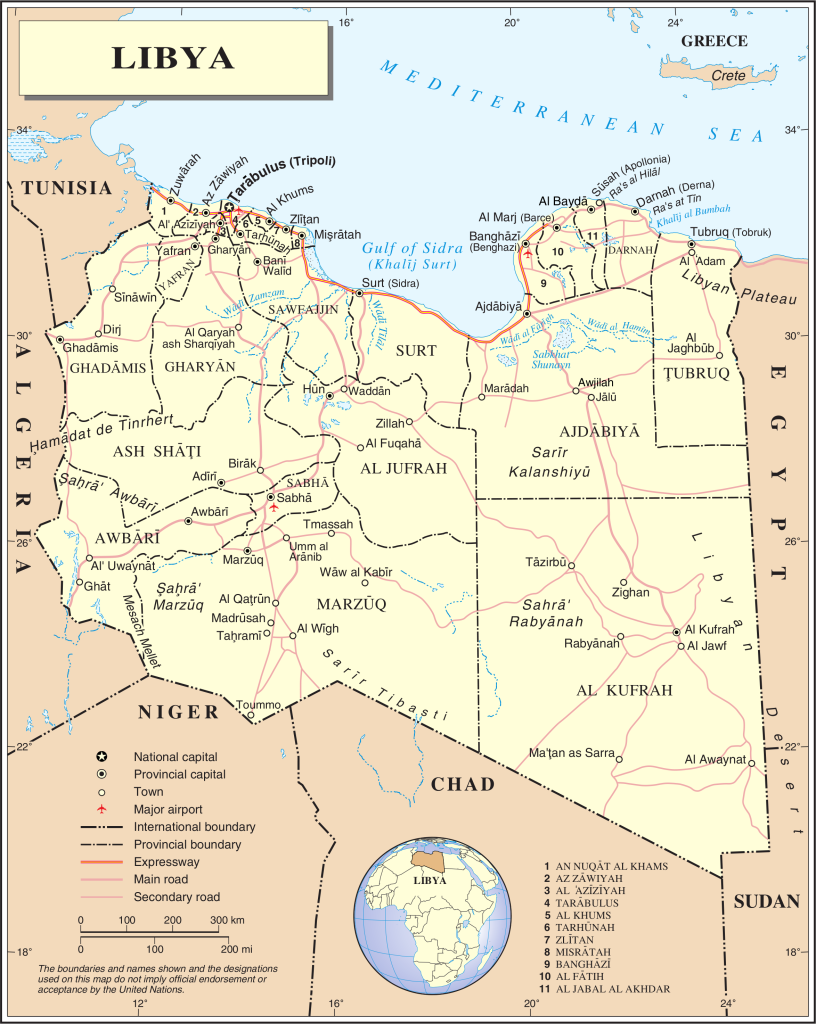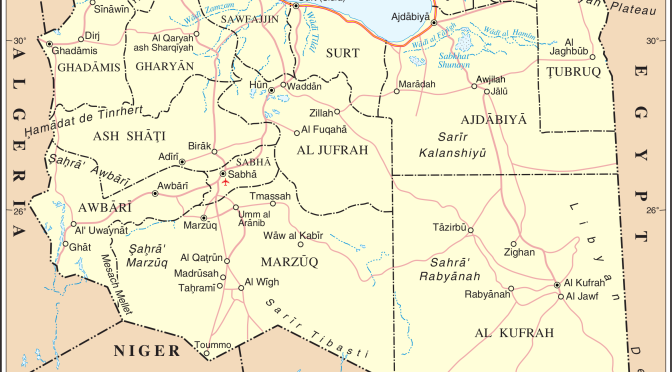Libya, a country endowed with vast oil reserves, has been grappling with political instability and conflict for the past decade. This has not only impacted its oil production but also hampered the development of its energy infrastructure. However, amid the turmoil, there lies an untapped potential for renewable energy, particularly solar and wind power, which could help diversify the country’s energy mix and contribute to its long-term stability.
The North African nation is blessed with abundant sunshine and strong winds, making it an ideal location for harnessing solar and wind energy. According to the International Renewable Energy Agency (IRENA), Libya has the potential to generate up to 5.3 terawatt-hours (TWh) of solar energy and 2.9 TWh of wind energy annually. This is equivalent to more than twice the country’s current electricity consumption, which stands at around 3.5 TWh per year.
In recent years, there has been a growing interest in exploring Libya’s renewable energy landscape. The country’s first solar power plant, a 20-megawatt (MW) facility in the southern city of Sabha, was commissioned in 2013. Since then, several other solar and wind projects have been proposed, including a 62 MW solar power plant in the western city of Gharyan and a 60 MW wind farm in the eastern city of Derna.
Moreover, international organizations and foreign governments have been supporting Libya’s renewable energy ambitions. In 2016, the European Union (EU) launched the Renewable Energy and Energy Efficiency Programme (REEEP) in Libya, aimed at promoting the use of renewable energy and improving energy efficiency in the country. The program has provided technical assistance and capacity building to Libyan institutions, as well as funding for pilot projects in solar and wind power.
Similarly, the United Nations Development Programme (UNDP) has been working with the Libyan government to develop a National Renewable Energy Strategy, which aims to increase the share of renewables in the country’s energy mix to 10% by 2025. The strategy includes plans to install 1.5 gigawatts (GW) of solar power capacity and 1 GW of wind power capacity by the target year.
Despite these promising developments, there are several challenges that need to be addressed in order to fully tap into Libya’s renewable energy potential. One of the main obstacles is the lack of a clear regulatory framework for renewable energy projects. The country’s existing laws and regulations do not provide sufficient incentives for private sector investment in solar and wind power, nor do they offer a clear roadmap for the integration of renewables into the national grid.
Another challenge is the lack of technical expertise and skilled labor in the renewable energy sector. While Libya has a relatively well-educated population, the ongoing conflict and political instability have led to a brain drain, with many skilled professionals leaving the country in search of better opportunities elsewhere. This has left a gap in the local workforce, which needs to be filled in order to develop and maintain renewable energy projects.
Furthermore, the unstable security situation in the country poses a significant risk to the implementation of solar and wind power projects. Renewable energy infrastructure, like any other infrastructure, is vulnerable to sabotage and destruction in a conflict-ridden environment. Ensuring the safety and security of renewable energy facilities is therefore a crucial factor in attracting investment and ensuring the success of such projects.

In conclusion, Libya’s renewable energy landscape offers immense potential for solar and wind power generation. Harnessing this potential could help diversify the country’s energy mix, reduce its dependence on fossil fuels, and contribute to its long-term stability. However, in order to fully realize these opportunities, it is essential for the Libyan government and its international partners to address the challenges posed by the lack of a clear regulatory framework, the shortage of skilled labor, and the unstable security situation. Only then can Libya truly tap into the potential of solar and wind power and chart a sustainable path towards a brighter future.


